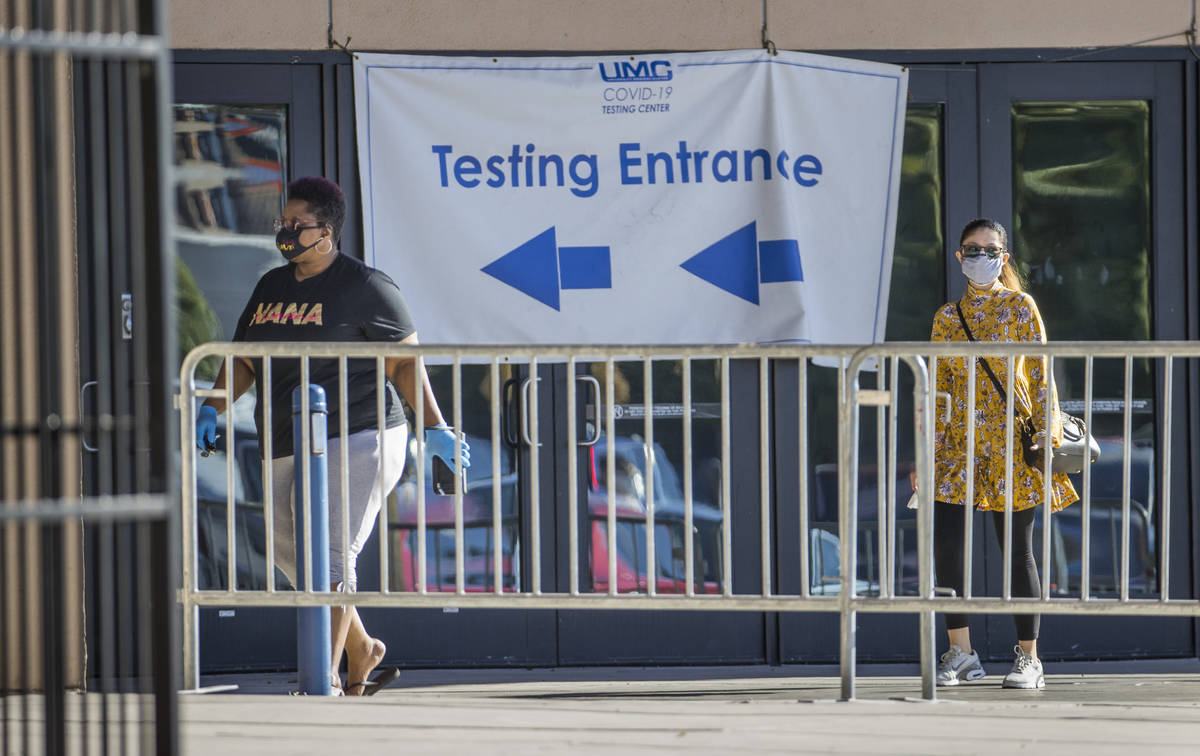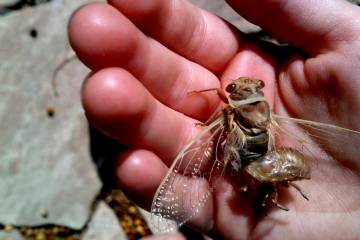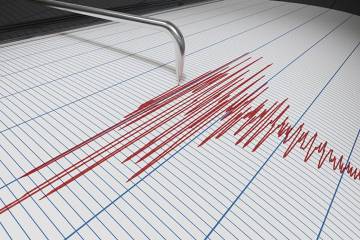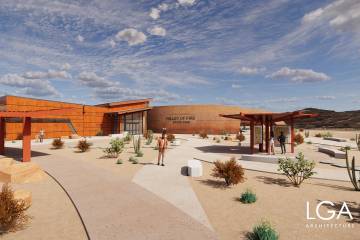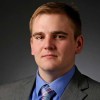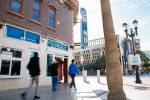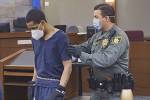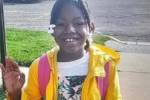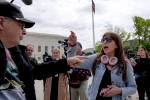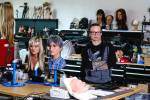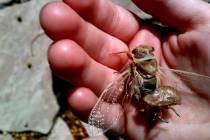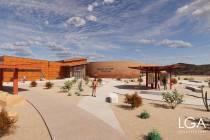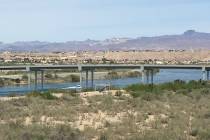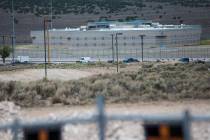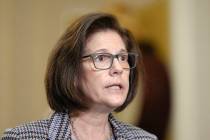Hospitals support new restrictions, say next few weeks ‘critical’
Nevada reported 2,339 new cases of COVID-19 on Monday, when for the first time the seven-day average for new cases exceeded 2,000, more than double the number earlier this month.
The daily average is now 2,019, a sign of an upward trajectory of the disease in the state, which has reported a cumulative total of 136,227 cases.
After a summer surge in July and early August, the number of cases and then hospitalizations declined, before beginning to again tick up in September. On Sept. 23, the seven-day average was 366, and on Oct. 23 it was 712.
By early November, the average number of daily cases had topped 1,000, according to a Review-Journal analysis. During the summer surge, the seven-day average exceeded 1,000 cases but never approached 2,000.
Increased testing can account for some, but not all, of the increase in cases. Statewide COVID-19 hospitalizations, a more stable disease indicator, last week climbed to their highest levels since the start of the pandemic, after hospitalizations rose sharply in Northern Nevada and more gradually in the southern part of the state.
“Right now our emergency room departments (and) urgent care facilities are being inundated by patients with respiratory symptoms, most of them COVID related,” said Dr. Fermin Leguen, acting chief health officer for the Southern Nevada Health District.
“Our hospitals are still able to function properly, but they are very close to reaching a critical level where their ability to deploy their services is going to be jeopardized,” he said.
The number of deaths, an indicator that trails hospitalizations by several weeks, has not matched the levels of the summer surge, which in early to mid-August reached a 14-day average of 19. The current daily average is nine.
On Monday, the state reported six additional deaths, bringing the total since the beginning of the pandemic to 2,023.
Data guide: Track COVID-19’s impact on Nevada
In Clark County, the Southern Nevada Health District reported 1,409 new cases and one additional death, bringing the cumulative number of cases since the start of the pandemic to 106,033 and the total number of deaths to 1,691.
State officials on Monday flagged Clark County, along with 12 other Nevada counties, for elevated transmission of COVID-19 based on the county’s test positivity rate of 14.7 percent and a rate of 1,134 new cases per 100,000 population in the past 30 days.
Support for restrictions
Leguen expressed support for new measures aimed at curbing the spread of the disease announced Sunday by Gov. Steve Sisolak.
“These restrictions are right where they should be, because if it goes just one step farther, it will really mean a full shutdown of the Southern Nevada economy,” he said.
Las Vegas Valley hospitals said they had not reached the point where they need to implement their surge plans for increasing occupancy, unlike in Northern Nevada, where Reno’s Renown Regional Medical Center converted the ground floor of its parking garage into a unit for COVID-19 patients.
The Valley Health System’s six hospitals in the Las Vegas Valley have not reached full occupancy or experienced critical staffing shortages, though “ICU space is getting tight at a number of facilities,” chief medical officer Dr. Dan McBride said.
McBride said he supported the measures announced by the governor, which include reducing capacity at restaurants, bars and leisure facilities to 25 percent from 50 percent. They also reduced the size of public gatherings to 50 and private gatherings to 10.
“I do think limiting indoor dining and activities will have some effect,” McBride said. “Any measures that would reduce the time spent indoors and in large groups will be beneficial for all of us.”
He implored the public to closely follow the guidelines.
“These next several weeks are going to be very critical for us moving forward as we assess not just our bed availability but staff availability,” he said.
Dr. Luis Medina-Garcia, an infectious-disease physician at University Medical Center, said the new restrictions are needed.
“We know these measures won’t stop the pandemic, but the idea behind them is can you slow it down so that hospital systems can continue to provide the care that the community needs,” Medina-Garcia said.
“We still have sufficient staff, but we’re tired,” he added.
While COVID-19 kills a small percentage of those who contract it, the real danger lies in hospitals being so inundated with infected patients that they can’t care for other patients with other conditions, Medina-Garcia said. There also is the risk that infected patients will spread the disease to hospital staff, who would then have to self-isolate at home, hindering the facility’s ability to care for the sick.
“The most important contribution that you can make is not get infected. That’s how you win,” he said. “You don’t win the battle in the hospital; you win it out outside.”
Testing changes
A public COVID-19 testing site at UNLV will relocate from the Thomas & Mack Center to the Stan Fulton Building.
Tuesday is the last day that testing will be offered at the Thomas & Mack. Testing will begin Monday at the Fulton Building at University Center Drive and East Flamingo Road. It will be open from 8 a.m.-4 p.m. Sundays through Thursdays.
Contact Mary Hynes at mhynes@reviewjournal.com or 702-383-0336. Follow @MaryHynes1 on Twitter. Contact Michael Scott Davidson at sdavidson@reviewjournal.com or 702-477-3861. Follow @davidsonlvrj on Twitter.



